On March 18, the Hiroshima-based automaker announced a plan called “Lean Asset Strategy” in which it plans to reduce asset burden and increase asset utilization efficiency.
Under this strategy, Mazda's battery development budget for the period from 2022 to 2030 will be reduced by 50% from the initial estimate of 750 billion yen ($5 billion).
Mazda initially planned to produce the batteries itself, but the company found a more efficient way, which was to develop them jointly with Chinese partner Changan Automobile.
Mazda's total investment in electrification is now expected to be 1,500 billion yen by 2030, down sharply from the initial estimate of 2,000 billion yen.
“Despite the need for large investments in batteries, demand remains highly uncertain,” Mazda President and CEO Masahiro Moro said at a press conference. “We will deploy investments cautiously and efficiently while keeping an eye on technical innovation.”
“The environment surrounding electrification, including rising investment costs due to inflation... economic security and geopolitical risks, has many uncertain factors. Even under these circumstances, Mazda, as a small company in the industry, is pursuing a lean asset strategy to reduce risks and improve business efficiency,” he stressed.
The company will produce only about 1.2 million vehicles in 2024, while Toyota Motor and its luxury brand Lexus will produce 9.5 million vehicles and Honda Motor will produce 3.7 million vehicles.
To overcome its scale disadvantage, Mazda has pursued unique paths to achieve manufacturing and development efficiency.
Previously, the company produced a limited number of models on a single production line and had to invest in additional production facilities when launching new models. Now, the company has established a production system that allows it to assemble many different models on the same line.
For the battery-powered vehicle it plans to launch in 2027, Mazda has reduced its investment in development by 40% and the number of working hours spent on the project by 50% compared to before.
While rivals typically build electric vehicles in purpose-built factories, Mazda plans to build electric vehicles on existing production lines that currently produce gasoline-powered vehicles.
According to calculations, the automaker expects that by implementing this roadmap, they can reduce 85% of the initial investment and 80% of the time needed to move to mass production.
“We have achieved highly efficient and flexible mixed production,” said Ryuichi Umeshita, Mazda’s executive officer in charge of promoting electrification. “I believe our tradition of working across departmental boundaries is Mazda’s strength.”
For automakers, the volume of software development has become enormous to support vehicle intelligence and electrification, with the number of lines of programming required for a vehicle model expected to reach 600 million by 2030, three times more than this year.
Mazda plans to meet this challenge by leveraging partnerships with Toyota, Denso and others.
As the industry undergoes unprecedented transformation, other automakers have responded to the challenge with major investments and forms of collaboration that were previously considered unthinkable.
Toyota said it will invest 1.7 trillion yen in growth areas of future mobility, including battery electric vehicles, artificial intelligence (AI) and software for the fiscal year ending this month.
Toyota emphasizes its “multi-pathway” policy, looking at multiple paths to achieving carbon neutrality, including battery-powered cars, internal combustion engines and other approaches.
Toyota also plans to continue investing in internal combustion technology with partners such as Mazda and Subaru.
Honda said it would invest 10 trillion yen in electrification and software development. The company has set a goal of selling only electric and fuel cell vehicles by 2040.
Partly to cope with US President Donald Trump's tariff policy, Honda will buy batteries for its hybrid vehicles from Toyota's factory in the US, according to Nikkei.
Honda and Nissan Motor have been trying to negotiate a merger to adapt to the rapid development of the auto industry.
In the era of electrification and software, President Moro said: “The areas of cooperation and competition with other automakers have changed compared to the era of hardware and internal combustion engines. As a Japanese automaker, we will boldly expand the areas of cooperation to maintain international competitiveness.”
According to VNA
Source: https://baothanhhoa.vn/mazda-cong-bo-chien-luoc-san-xuat-xe-dien-moi-242893.htm


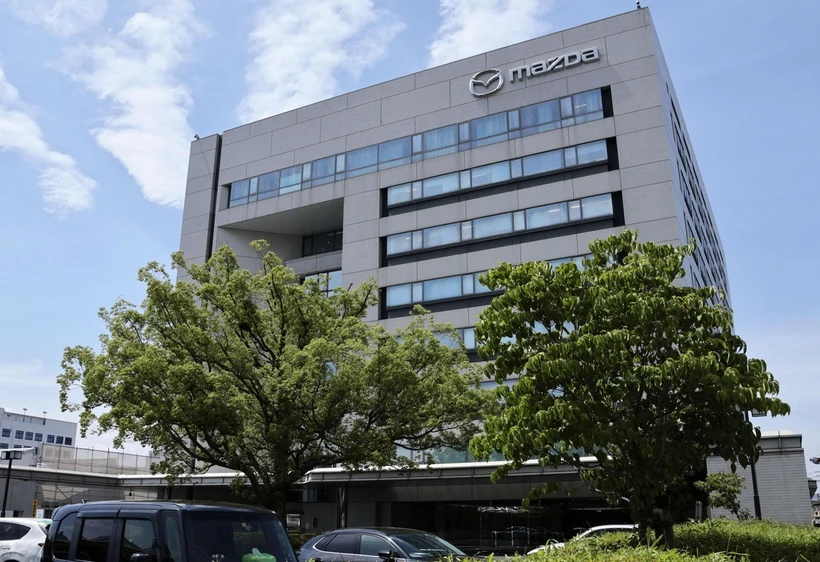
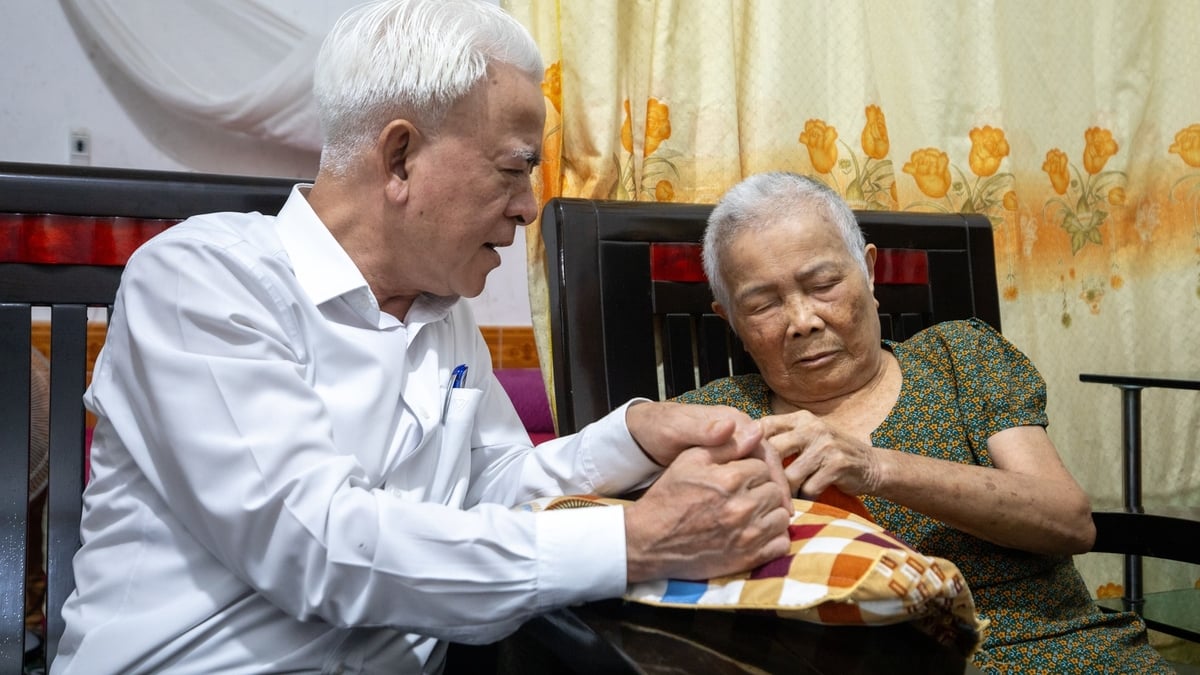
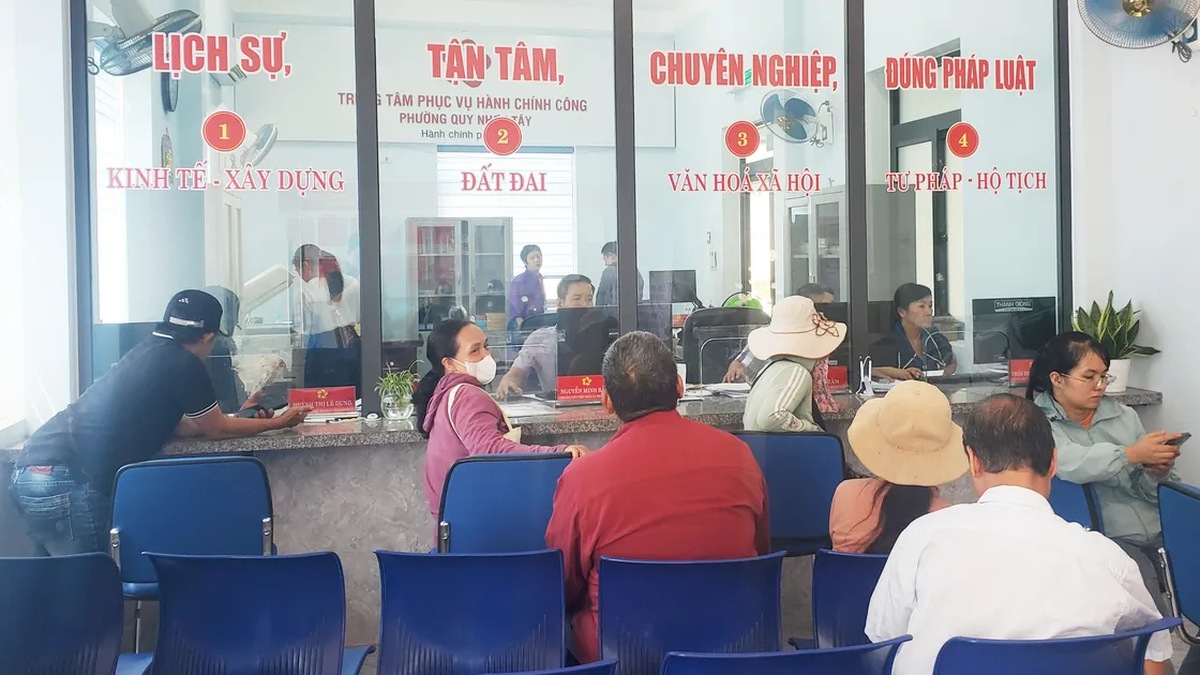


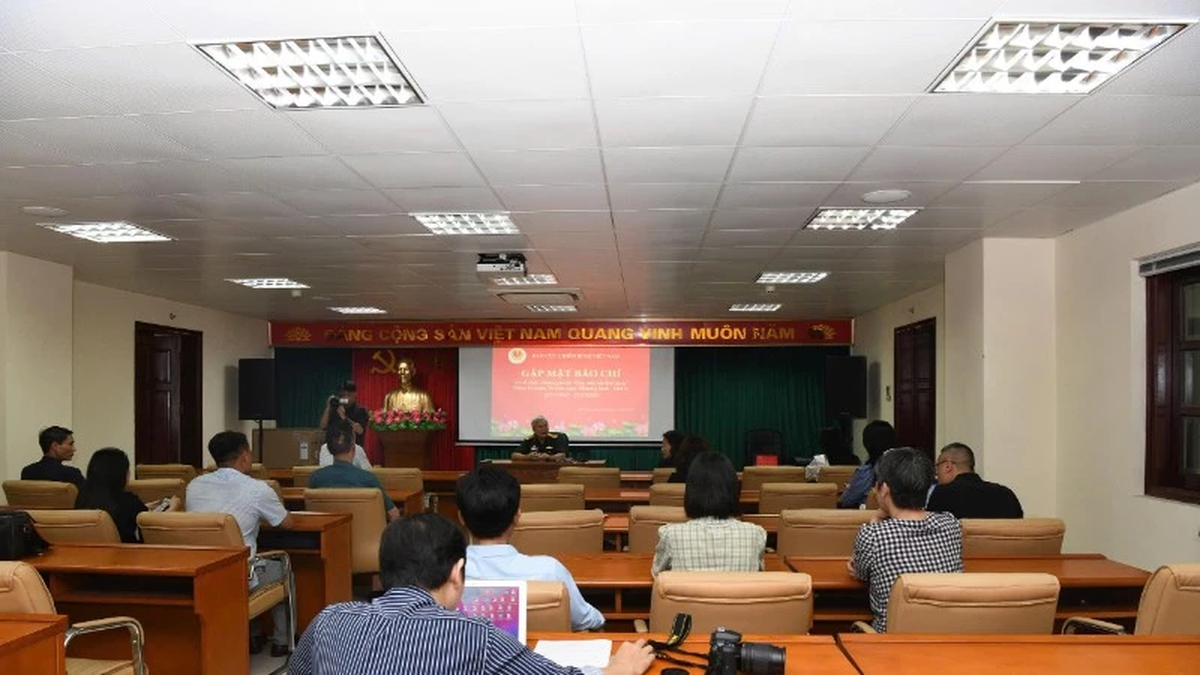

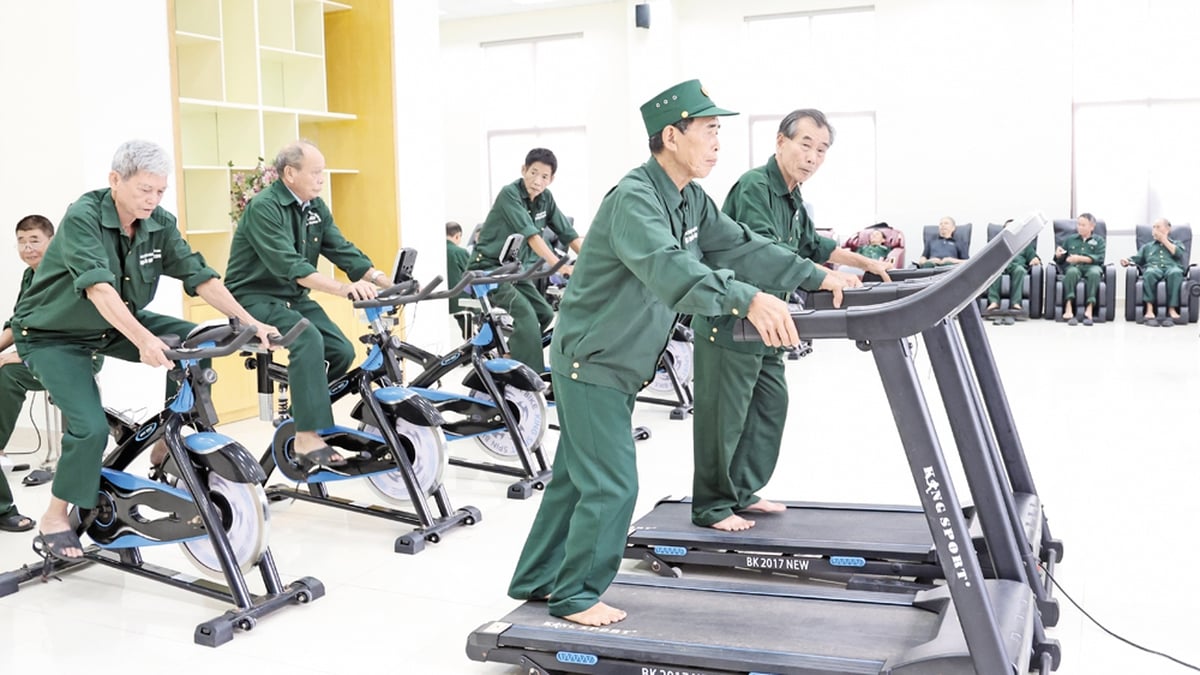

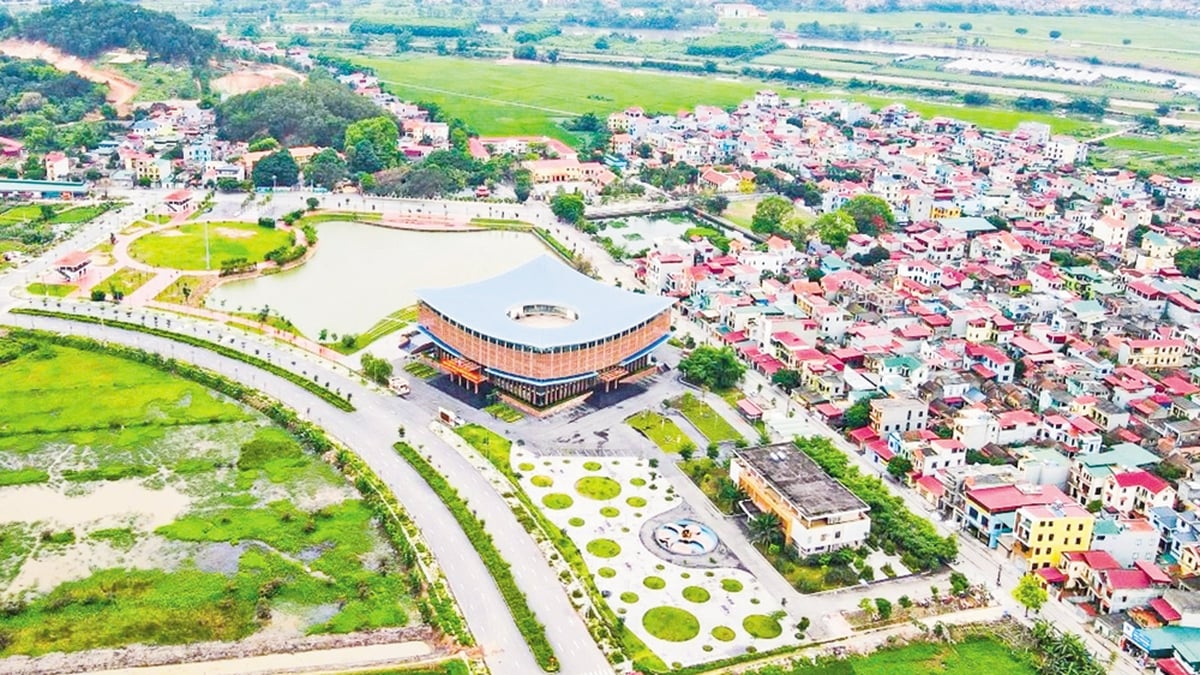




















![[Photo] National Assembly Chairman Tran Thanh Man visits Vietnamese Heroic Mother Ta Thi Tran](https://vphoto.vietnam.vn/thumb/1200x675/vietnam/resource/IMAGE/2025/7/20/765c0bd057dd44ad83ab89fe0255b783)






































































Comment (0)